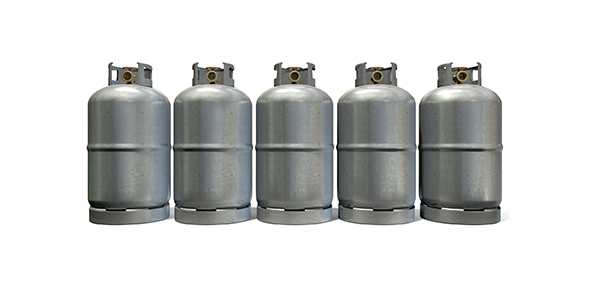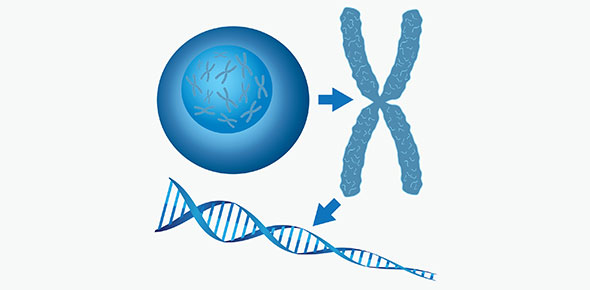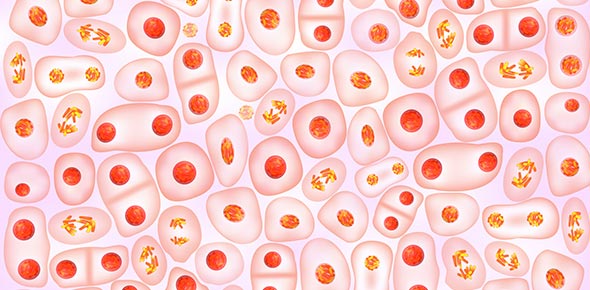Related Flashcards
Related Topics
Cards In This Set
| Front | Back |
|
Auxin
|
Plant hormone that causes plant leaves and stems to exhibit positive phototropisms (p.340)
|
|
Chlorophyll
|
Green, light trapping pigment in plant chloroplasts that is important in photosynthesis (p.330)
|
|
Day-neutral Plant
|
Plant that doesn't require a specific photoperiod and can begin the flowering process over a range of night lengths (p.342)
|
|
Long-day Plant
|
Plant that generally requires short nights - less than ten to 12 hours of darkness - to begin the flowering process (p.342)
|
|
Photoperiodism
|
A plant's response to lengths of daylight and darkness each day (p.342)
|
|
Photosynthesis
|
Food-making process that takes place in the chloroplasts of plant cells (p331).
|
|
Respiration
|
Series of chemical reactions used to release energy stored in food molecules (p.333)
|
|
Short-day Plant
|
Plant that generally requires long nights - 12 or more hours of darkness - to begin the flowering process (p.342)
|
|
Stomata
|
Tiny openings in a plant's epidermis through which carbon dioxide and water vapor gases enter and leave a leaf (p.305 & 329)
|
|
Tropism
|
Positive or negative plant response to an external stimulus such as touch, light, or gravity (p.338)
|
|
Photosynthesis
|
Where light energy is used to produce glucose and oxygen from carbon dioxide and water (p.331).
|
|
Stimulus
|
Anything in an environment affecting the behavior of an organism (p.337).
|
|
Homeostasis
|
Regulation of an organism's internal, life-maintaining conditions despite changes in its environment (p.527)
|
|
Glucose
|
Synthesize carbohydrates; sugars
|
|
Glycolysis
|
The enzymatic breakdown of a carbohydrate (as glucose; breakdown of sugar.
|







